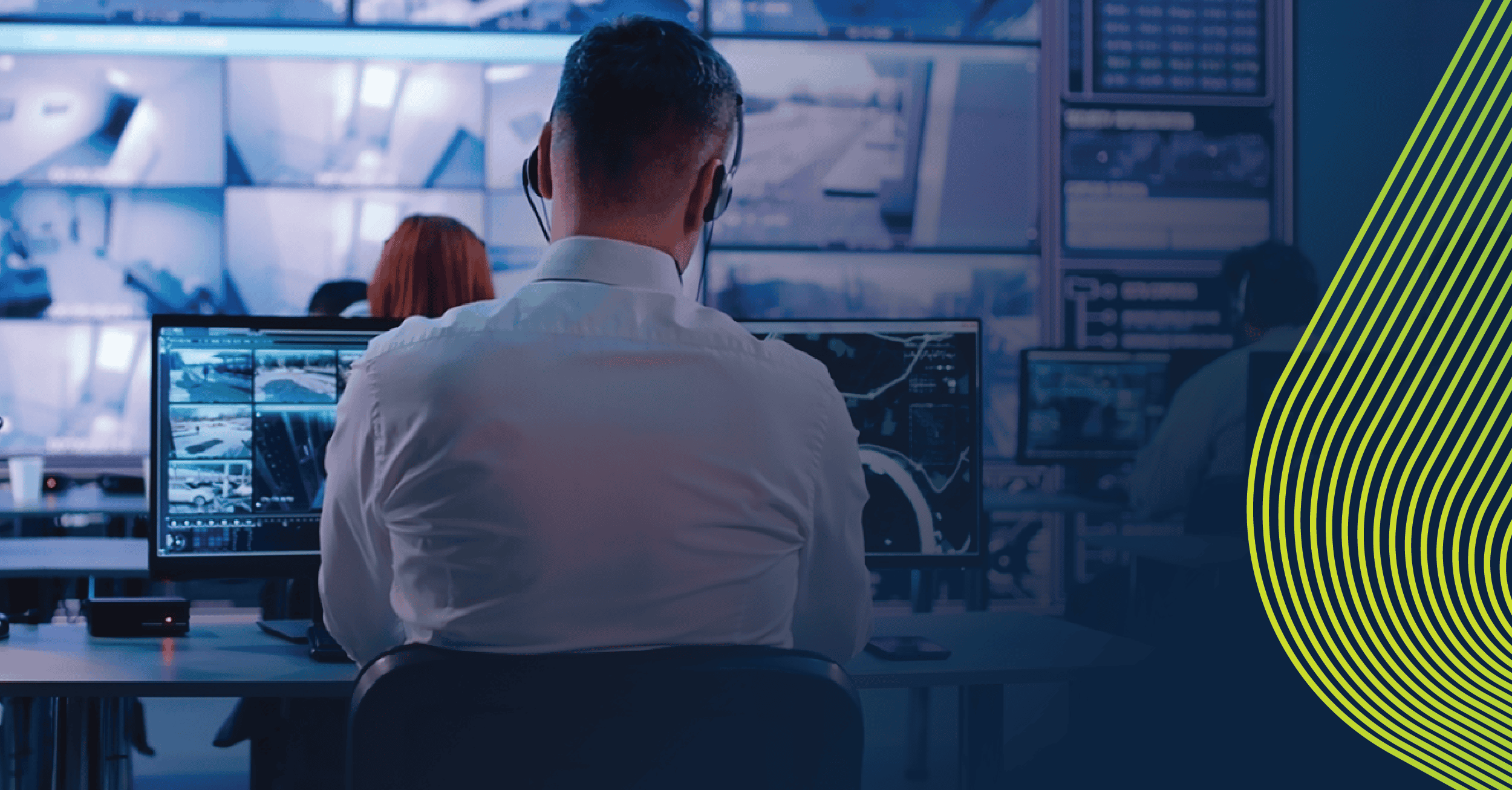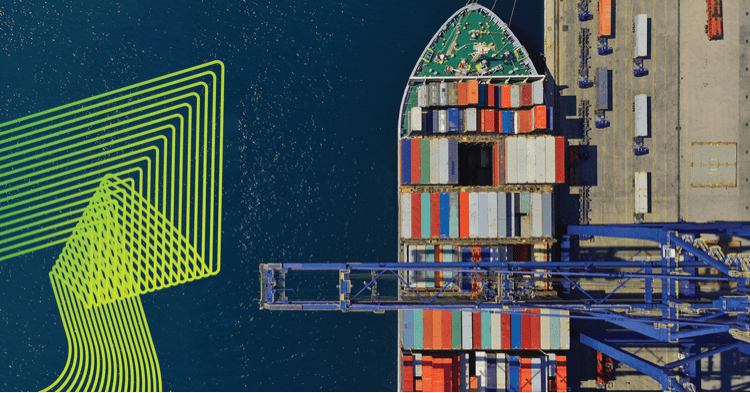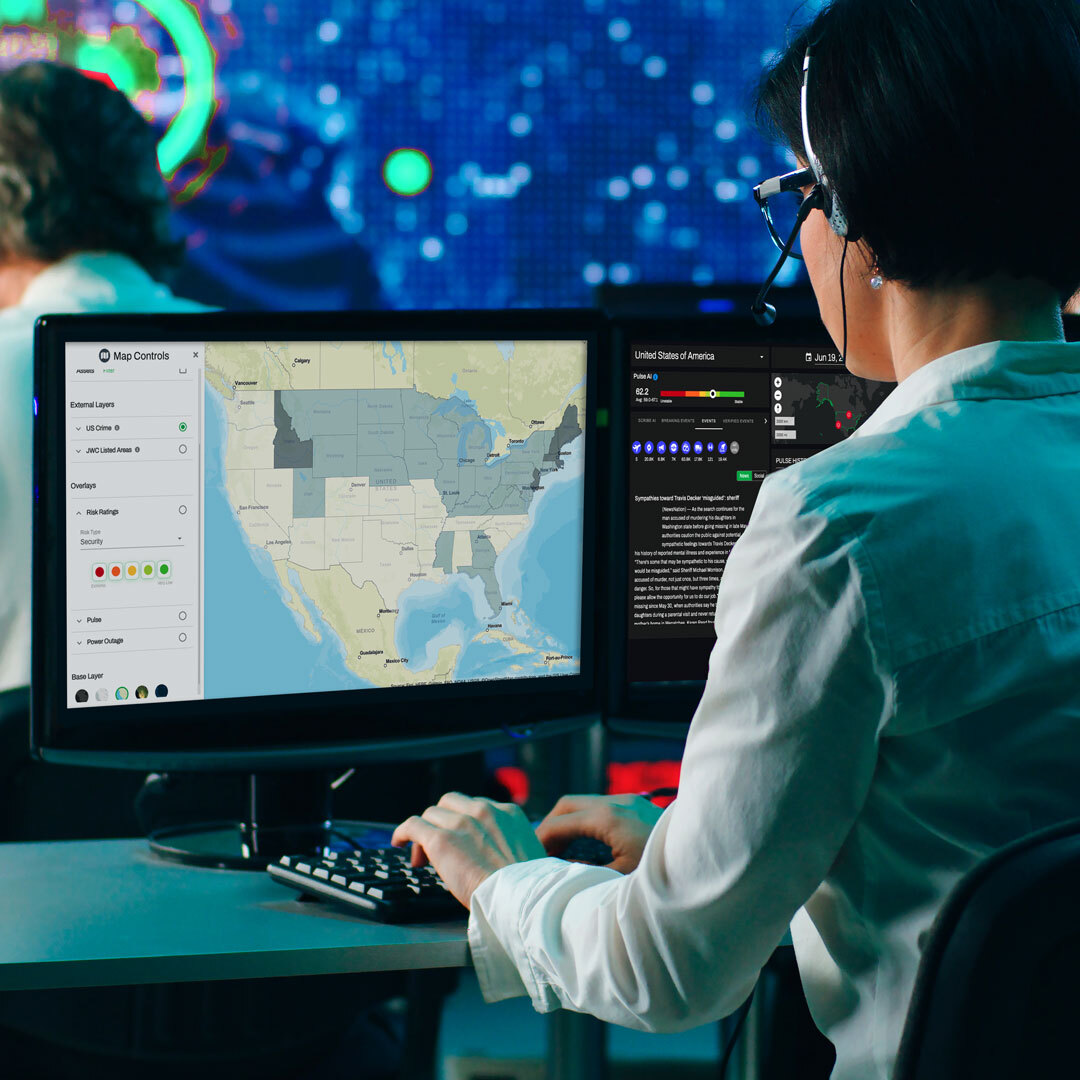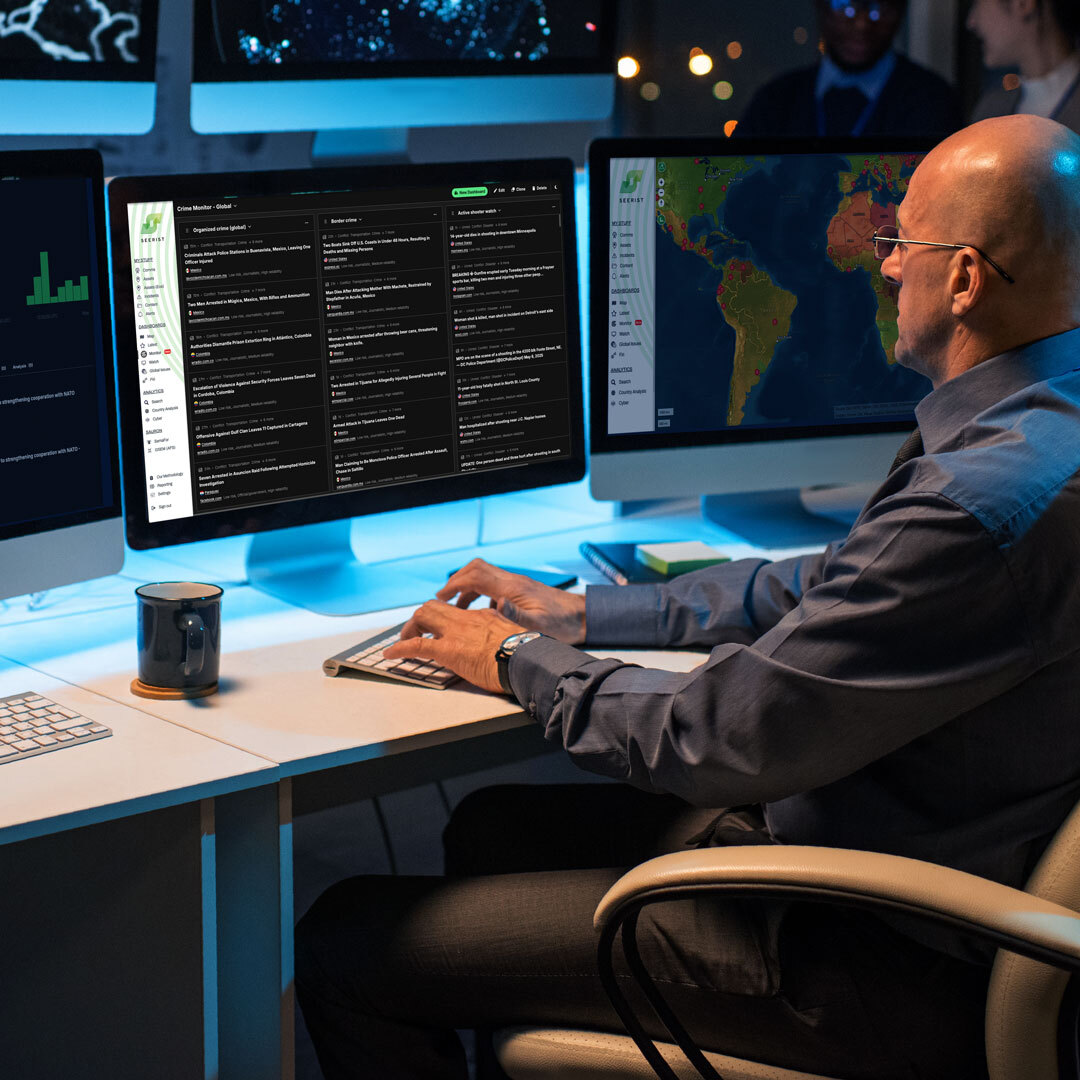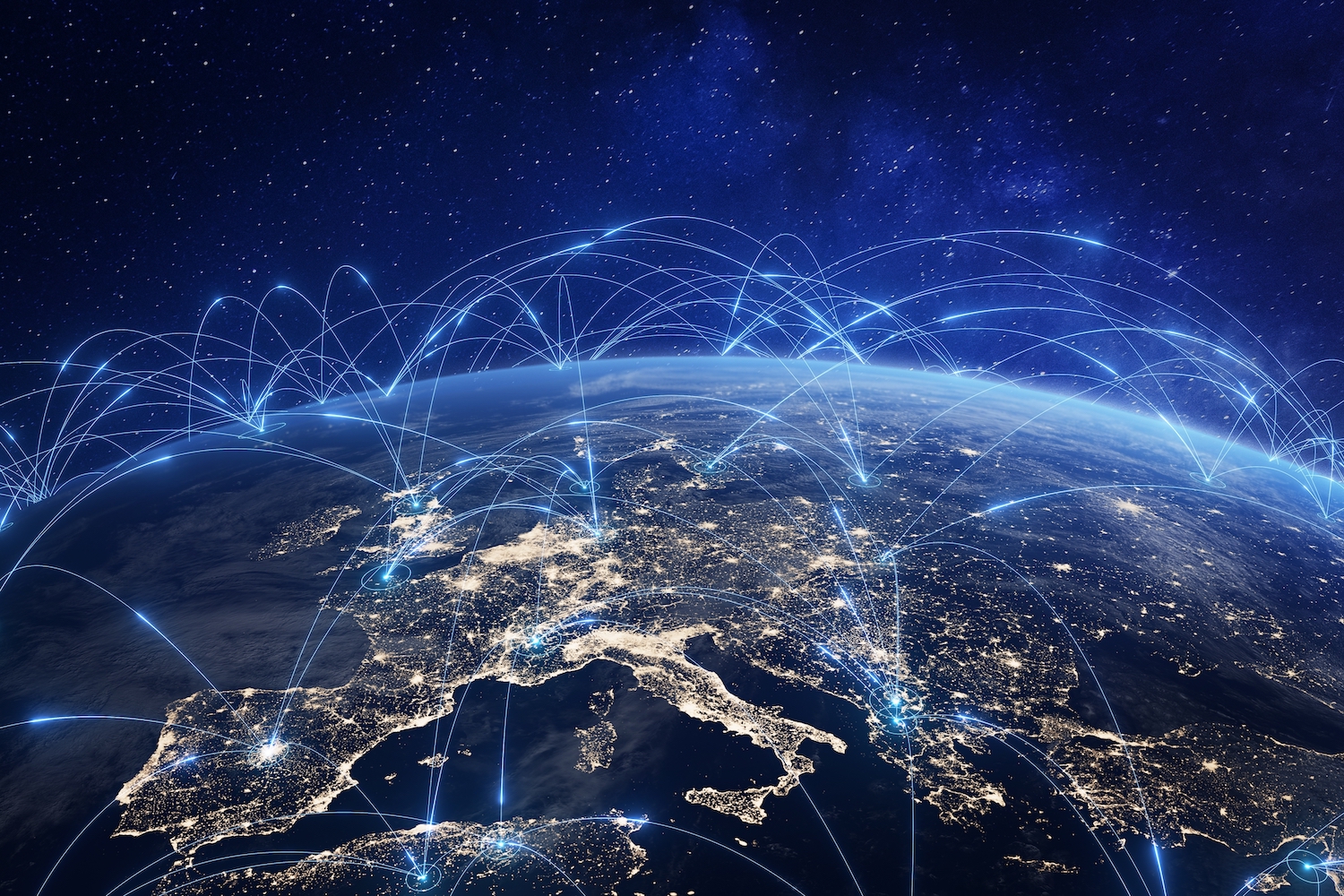For decades, the Indications & Warnings (I&W) process has served as the bedrock of security and intelligence operations. But in an era defined by global volatility, vast information ecosystems, and speed-of-relevance decision-making, the traditional model has become increasingly insufficient. Today, the fusion of advanced AI technologies with human expertise is transforming the way we detect, contextualize, and forecast global events—offering a new paradigm of situational awareness.
In earlier reflections on the evolution of operations centers—from the foundational ideas of AI-driven awareness, to expanded capabilities in real-time monitoring, and the shift to decentralized operations—I’ve laid out the foundation for how digital transformation could reshape the security mission. Today, that vision is being realized through tangible advancements in how we generate and act upon intelligence.
The Era of Real-Time, AI-Driven Intelligence
At the core of this transformation is the ability to synthesize thousands of global signals—from news, social media, and human reporting—into a coherent risk picture in real time. AI systems now operate at a scale and speed that allows security operators to break free from static dashboards or overnight summary briefs. The technology can surface threats as they emerge, identify weak signals in peripheral domains, and place them in context almost immediately.
This breadth of coverage is not simply about volume. It’s about reach—across languages, regions, and domains—and fidelity. AI models can recognize previously unreported or under-reported issues ranging from disinformation and cyberattacks to emerging conflict indicators and infrastructure instability, even in areas where traditional intelligence collection might fall short.
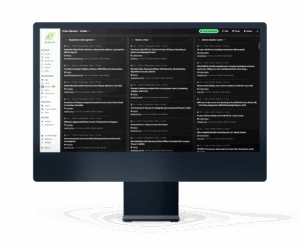
Letting Data Find the Story
A critical evolution in this capability has come from the development of self-clustering algorithms. These algorithms group related content dynamically—not based on predefined tags or manual taxonomies, but through learning models that measure semantic similarity across data points. Using approaches like similarity scoring, the system clusters relevant news, social commentary, and official reporting into thematic “event clusters,” even if no relationships are explicitly defined.
The result is a capability that can surface not just isolated alerts, but narratives in progress. Emerging protests in one city can be algorithmically connected to political unrest in another, infrastructure anomalies can be traced across geographically distributed locations, and coordinated information operations can be spotted before their full effects are felt.
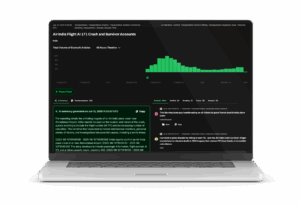
Trust through Human Validation
While machine learning offers unprecedented breadth and speed, assurance still comes from the human layer. Validated breaking events—assessed and confirmed by domain experts—remain the backbone of trusted decision-making. This is not a step backward from automation, but rather a forward leap into what human-AI teaming is all about: machines providing breadth and discovery, and humans delivering verification and judgment.
The combination of algorithmically detected signals with human-confirmed assessments creates a dual-track system of awareness. One track accelerates signal detection across the global landscape, and the other applies expert tradecraft to ensure the relevance and accuracy of what gets surfaced. That balance is what separates noise from insight.
From Warning to Forecast: Leading Indicators and Predictive Models
Another frontier of innovation is the emergence of forecasting models that go beyond alerts and into anticipation. These models apply temporal analysis and trend mapping to identify leading indicators of instability. Rather than reacting to risk, operation centers are now empowered to prepare for it—adjusting posture or activating contingency plans before the crisis unfolds.
Incorporating models that track geospatial sentiment shifts, economic stressors, or military movements across time adds a layer of strategic foresight to the traditionally reactive I&W process. These models don’t replace human intuition or geopolitical expertise—they enhance it with evidence-based trajectories.

Looking Ahead
Indications & Warnings will never be a fully automated process. Nor should it be. But the transformation underway—driven by human-AI teaming—represents one of the most significant leaps in situational awareness since the dawn of the digital age.
What once required rooms full of analysts combing through reports now happens in seconds. What once took days to validate now takes minutes. And what was once seen only after the fact is increasingly anticipated before it unfolds.
The I&W model isn’t being discarded. It’s being reinvented.
